Bloodhound Diary: Planning for the roughest of rides
- Published
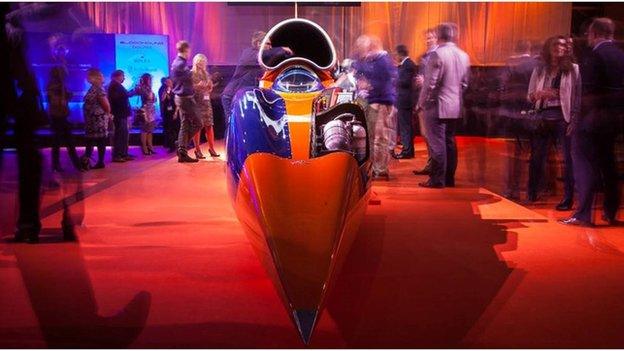
A British team is developing a car that will be capable of reaching 1,000mph (1,610km/h). Powered by a rocket bolted to a Eurofighter-Typhoon jet engine, the vehicle will first mount an assault on the world land speed record (763mph; 1,228km/h). Bloodhound, external should start running on Hakskeen Pan in Northern Cape, South Africa, in 2017.
One question that always comes up when I talk about driving the world's fastest car - and also the hardest one to answer - is "what's it really like?"
The problem is that it's a bit like driving a jet fighter at low level, but faster, and also a bit like driving a racing car at high speed, but much faster.
However, even if you're a race-car-driving fighter pilot, that doesn't really answer the question, as it's not quite the same as either.
The late great Art Arfons, holder of the Outright World Land Speed Record three times in the 1960s, described it as "a bit like the taste of chocolate - but if you've never had chocolate, then I'm going to struggle to explain it to you". He had a point.
There are two areas to consider. There is a lot to do in the cockpit to accelerate the car, to control it, to slow it down again and finally to stop it next to the recovery/turnaround crew.
At the same time as I'm doing all of that, there are all the extreme physical sensations to consider.
Keeping Bloodhound SSC in a straight line is going to be a challenge in itself.
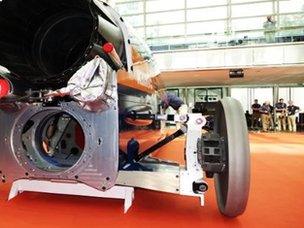
Low grip wheels
The faster any race car travels, the less grip (or "tyre cornering stiffness") the wheels can generate, particularly if you're running on a dry lake bed and on solid metal wheels.
The car will also be affected by surface changes, cross winds, and so on - for a more in-depth look at steering, have a look at "Steering - how hard can it be to drive in a straight line, external".
On Hakskeen Pan in South Africa, the hard surface means that the wheels will only be penetrating about 10-12mm into the surface at slow speed.
This should be enough to give reasonable sideways grip from the sloping "shoulders" of the wheel profile.
However, as the car accelerates through 350mph, the wheels start to "plane" on the surface, like a high-speed boat, with the penetration gradually reducing to a mere 2-3mm.
This will give almost no sideways grip, so it will be like driving on ice - and at 350mph, the car is accelerating at almost 2g (about 40mph each second) and the aerodynamic stabilising forces are still very low.
The cockpit activity at this point may well resemble high-speed rally driving.
Less than 20 seconds later, the car will be approaching 1,000mph, with huge aerodynamic forces now dominating everything.
Each front wheel will be generating its own powerful shockwaves, so the smallest turn of the wheel is likely to produce very rapid steering responses.
In short, the steering will vary from easy at slow speed to ice-driving at medium speeds to super-twitchy when it's supersonic.
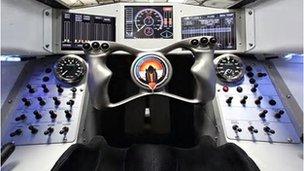
Working under pressure
During all of this, I still need to be feeding in the jet and rocket power at the right points, in order to hit 1,000mph just as we enter the measured mile, and then deploy airbrakes and/or parachutes at the right time, followed by wheel brakes at slow speed (below 200mph) to stop at the end of the track.
Finally, I need to monitor the car's stability, and all of the warning systems, all the way through the run.
If all this wasn't hard enough, I'll be subject to some significant physical loads while I'm trying to control the world's fastest jet-and-rocket car.
Fortunately, the forces are not unlike those I've been trained to deal with as a fighter pilot, but they are a little more extreme.
I'm going to be shaken, compressed, disorientated, deafened and heated: all in a day's work for a pilot.
The most noticeable thing is likely to be the g-force, which will be produced when the car speeds up and slows down, just like an aircraft. Under g, the blood in the arteries and veins gets heavier, so pulling high g in an aircraft reduces blood pressure above the heart (and blood pressure in the legs is increased). At a certain g level, this effect is so strong that not enough blood gets to the head.
This causes dimming of vision ("greyout") as the eye is starved of oxygen and, at higher g levels, loss of consciousness due to lack of oxygen in the brain ("blackout"). For cutting-edge fighter aircraft such as the Typhoon, this requires an advanced anti-g system to keep pilots conscious at up to 9g.
Due to the reclined seating position in Bloodhound SSC, the g-force when the car accelerates will push me hard back into the seat. The force in this direction will also increase the blood pressure in my head, which may be a little uncomfortable, but will not carry any risk of losing consciousness.
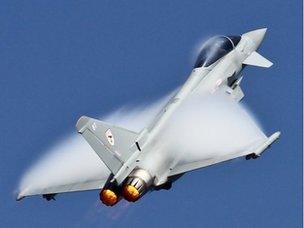
G-force like a jet fighter
When the car slows down, at up to 3g (that's losing 60mph per second - don't try this at home), the forces act in the opposite direction. I will be thrown forwards hard into the harness, and blood will try to drain away from my head.
Although 3g is not usually enough to cause greyout when flying in an aircraft, the situation in Bloodhound is slightly unusual because of the rapid g reversal that happens between acceleration and deceleration.
During the acceleration phase, stretch receptors in the blood vessels of my neck will detect the increase in pressure, and activate the "baroreceptor reflex".
This reflex triggers dilatation of small arteries, causing a reduction in resistance of the circulation, which reduces blood pressure.
At the same time, the rate and force of my heartbeat will be reduced, also reducing blood pressure.
All this is fine while the car is still accelerating, but then we get to the end of the measured mile.
Throttles closed, 3g deceleration with the blood now trying to rush away from head towards my feet, and suddenly the baroceptor reflex is my enemy.
Slowing down, I may have to counter this by using the "anti-g straining manoeuvre", a special muscle-tensing technique used by jet pilots to maintain blood pressure at the head.
The g-force applied during acceleration and deceleration also has a strong effect on the balance organs, producing an effect called the "somatogravic illusion".
When the car accelerates, the otolith organs in my inner ear will tell me that I'm tilting backwards, as if the nose of the car is rapidly pitching up.
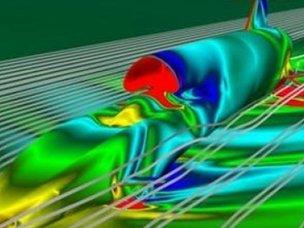
We can't out-run this noise
When the car slows down, I will get the opposite sensation, as if the car is pitching down.
This is a very powerful illusion and can be hugely distracting: it's something I'm going to have to work hard against.
The vibration from the engine and the ground will add to the distractions, making it more difficult to focus on the instruments in the cockpit.
Noise is also going to be a huge problem. With one of the world's most powerful jet engines just behind my head, it's going to be very noisy in the cockpit at slow speed.
Once the car is supersonic, I won't be able to hear it any more, as I'll be travelling faster than the sound it's making. That's not necessarily good news, though, as the supersonic shockwaves on top of the carbon-fibre cockpit are likely to be even louder!
My bespoke hearing protection from Ultimate Ear, plus a lot of sound insulation inside the cockpit, will be essential.
While I'm still pondering the control tasks and physiological loads of supersonic driving, we've been hosting a lot of budding young engineers at the Bloodhound Technical Centre over the Easter break. Have a look at this cracking bit of slow-speed rocket car video, external: there's no doubt who wins this race.
In a few weeks we'll be launching our national schools micro:bit rocket car challenge, which will enable young engineers to instrument and monitor their rocket cars - more details next month.
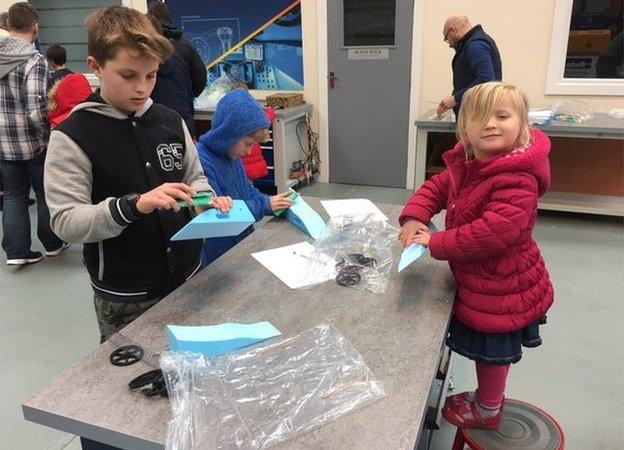
Getting some practice in
- Published3 March 2016
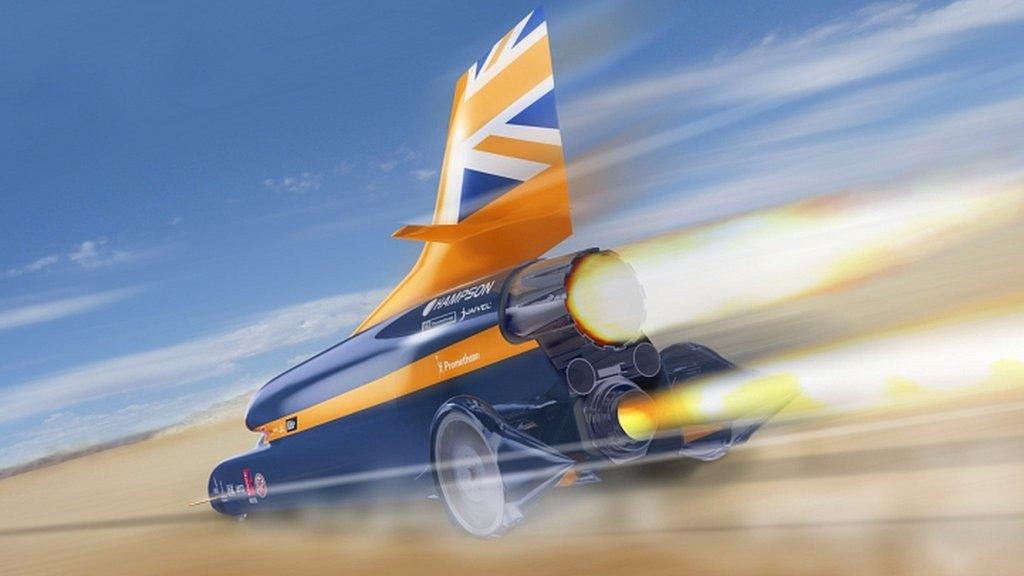
- Published3 February 2016
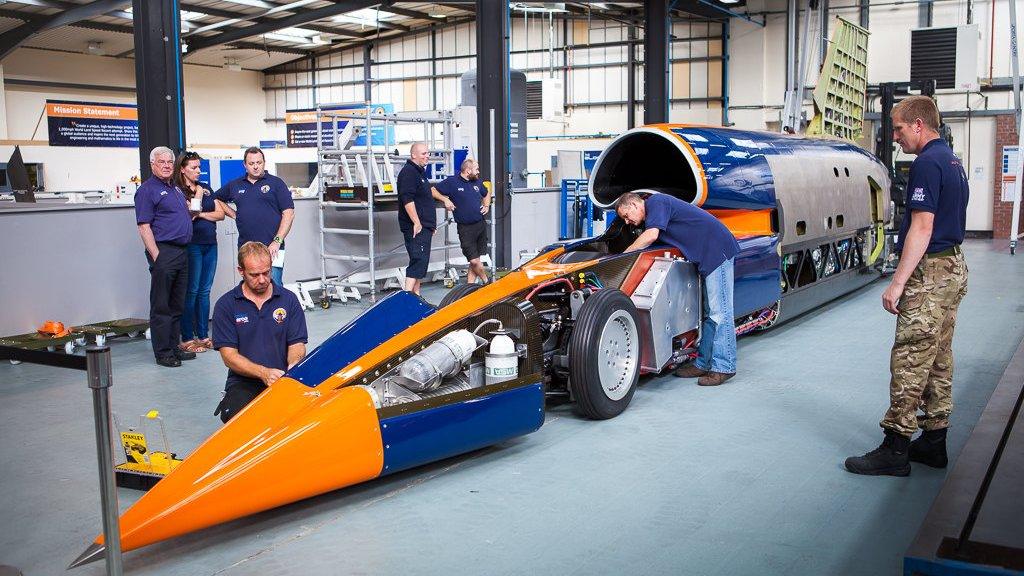
- Published31 January 2016
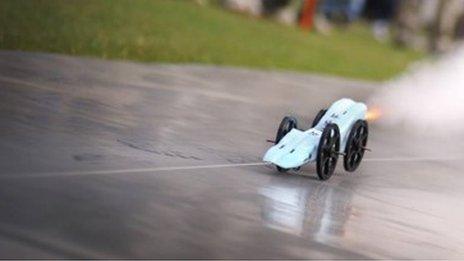
- Published4 December 2015
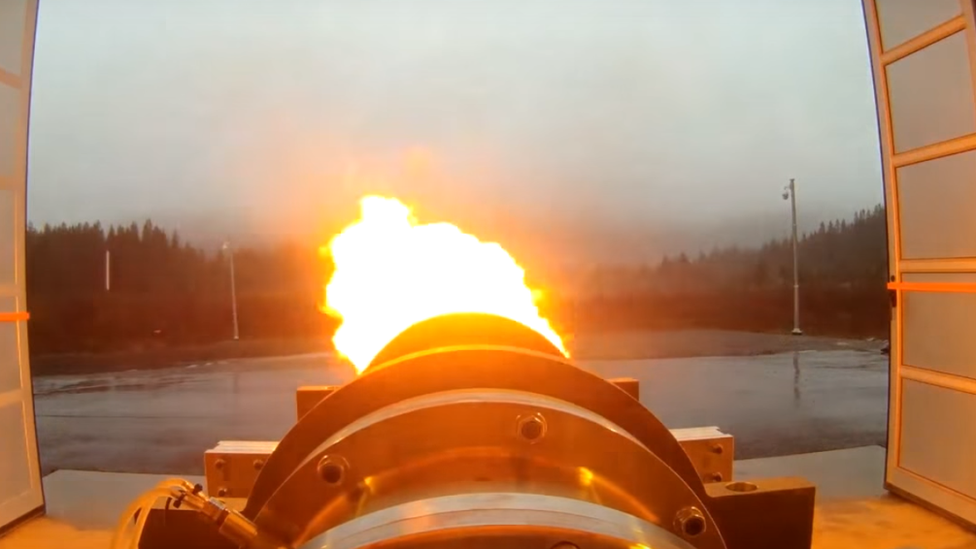
- Published16 November 2015
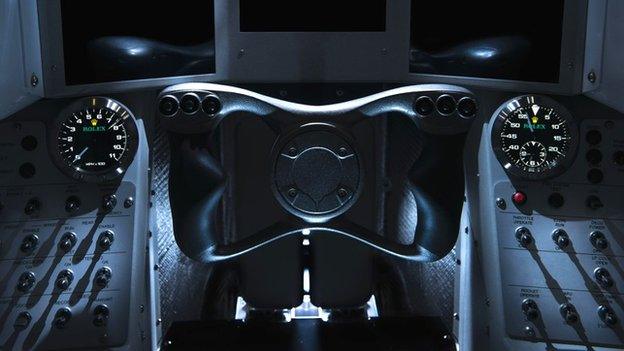
- Published24 September 2015
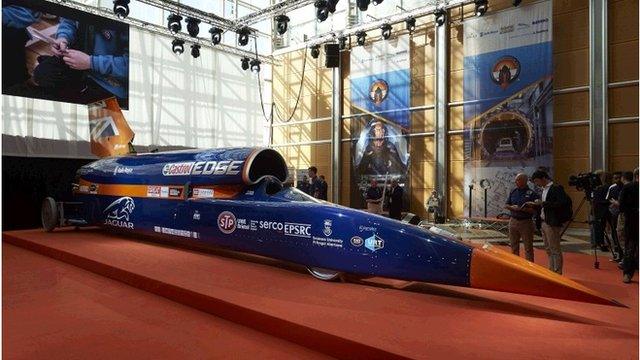
- Published23 September 2015
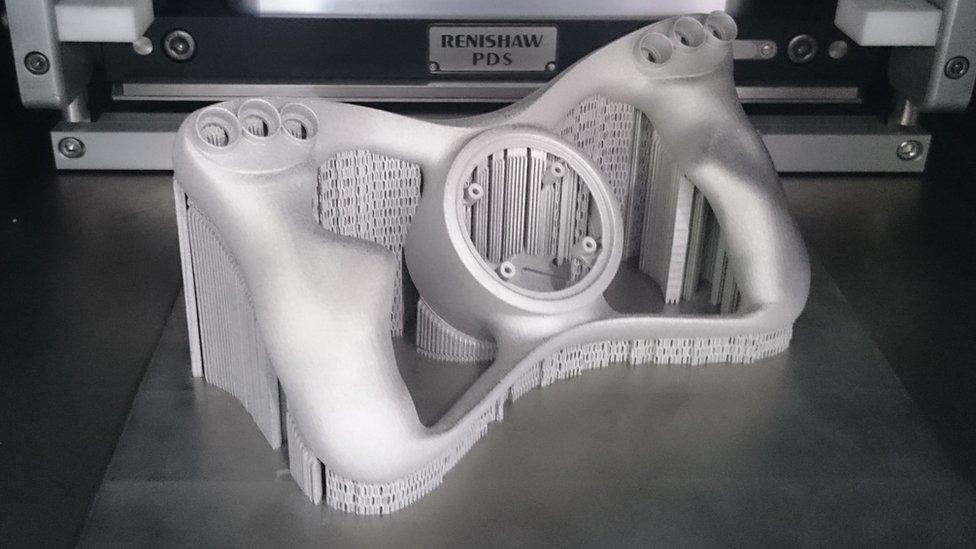
- Published14 September 2015

- Published25 July 2015
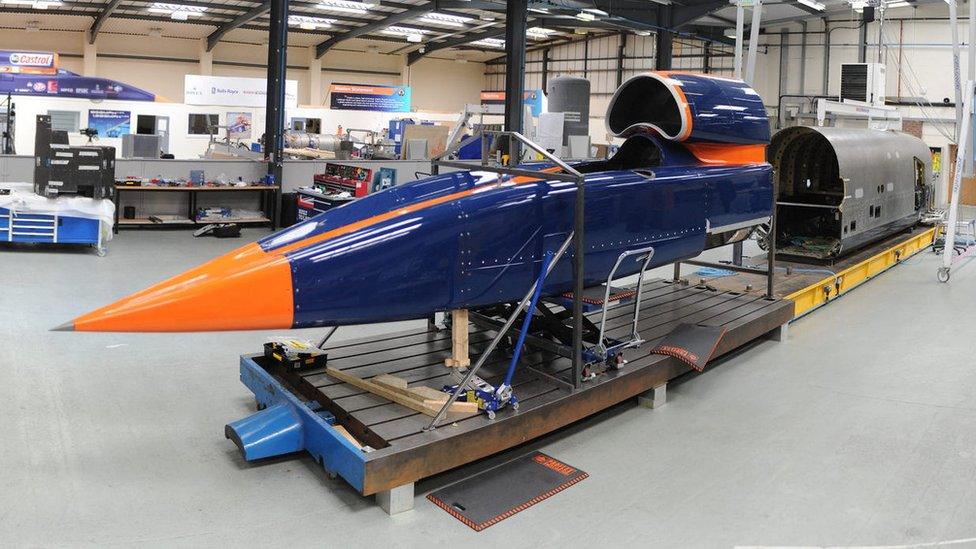
- Published7 July 2015
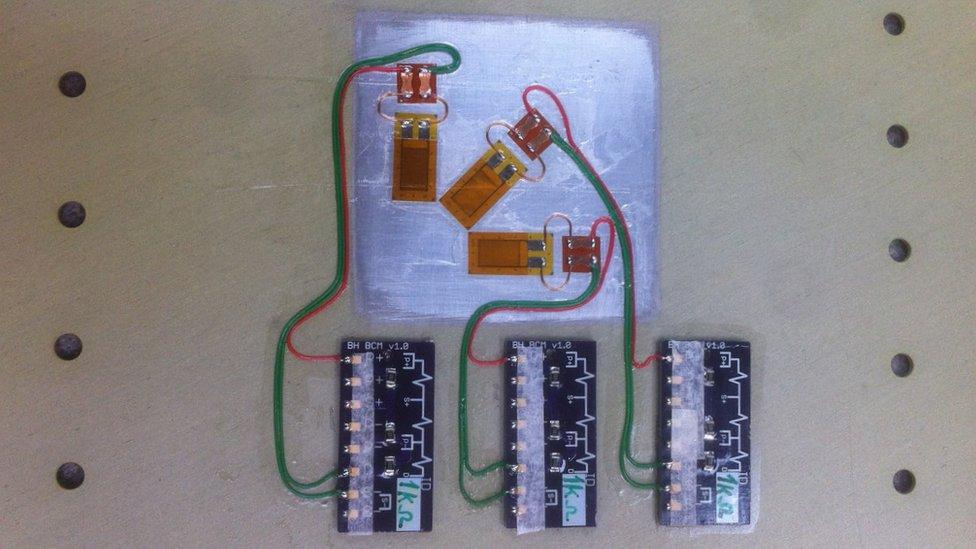
- Published12 June 2015
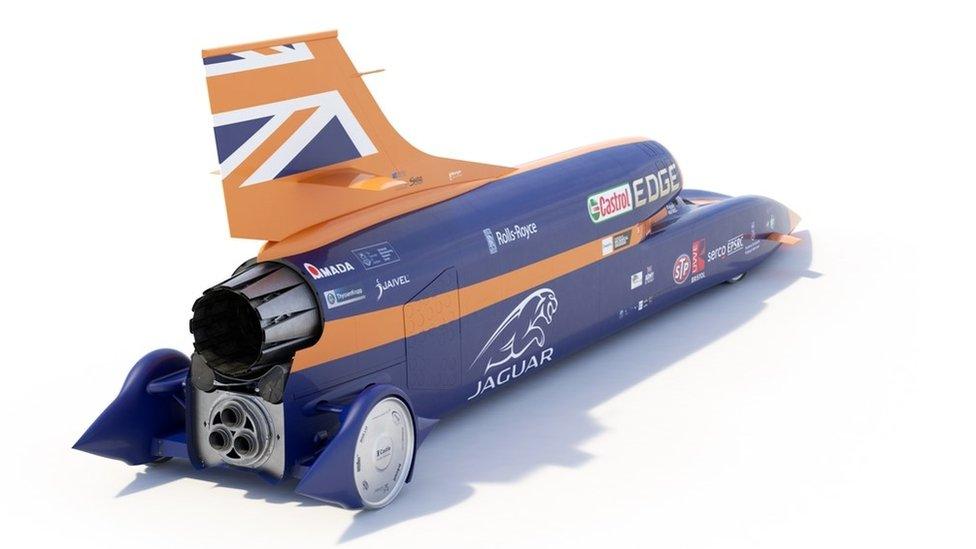
- Published10 June 2015